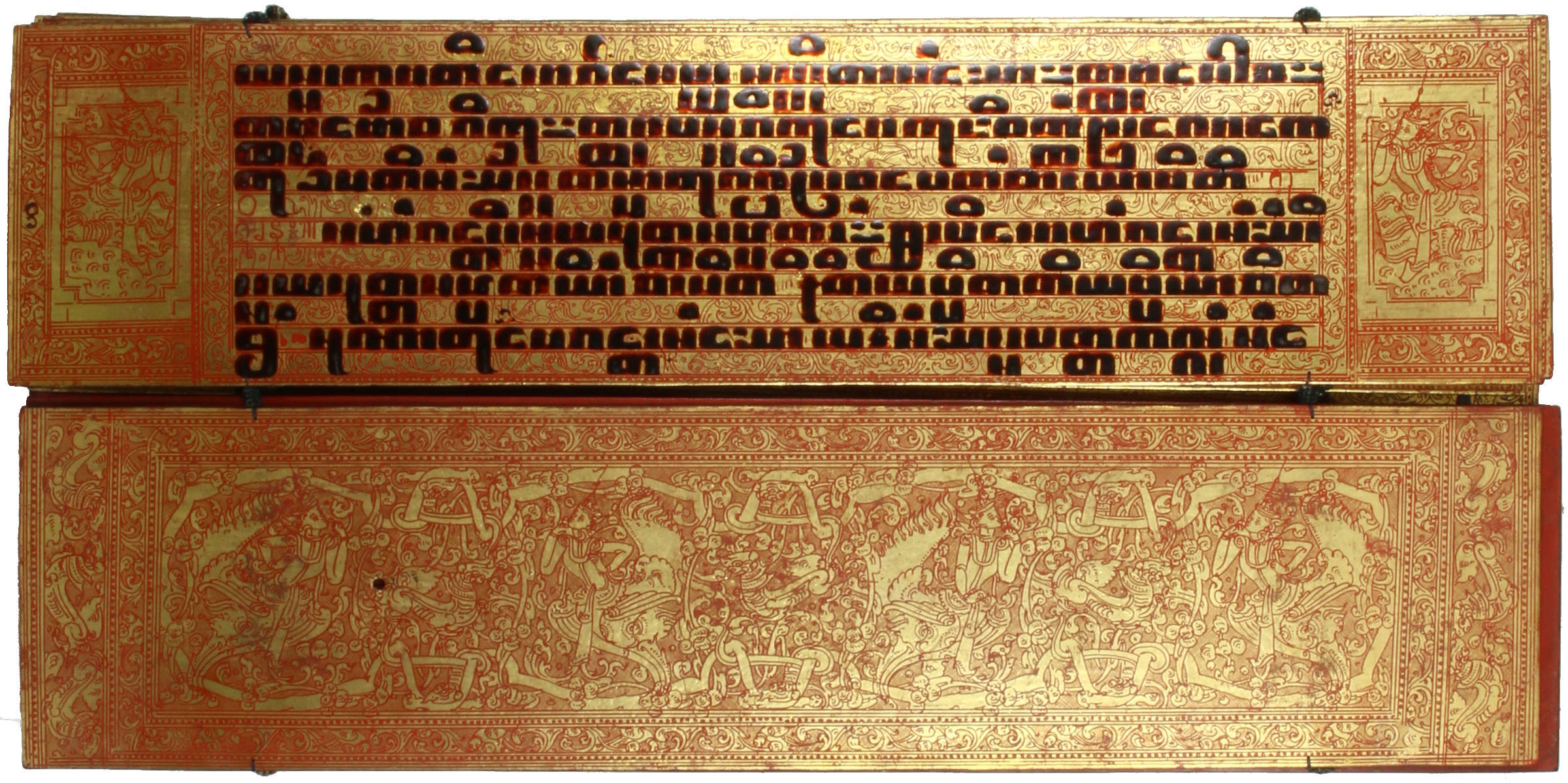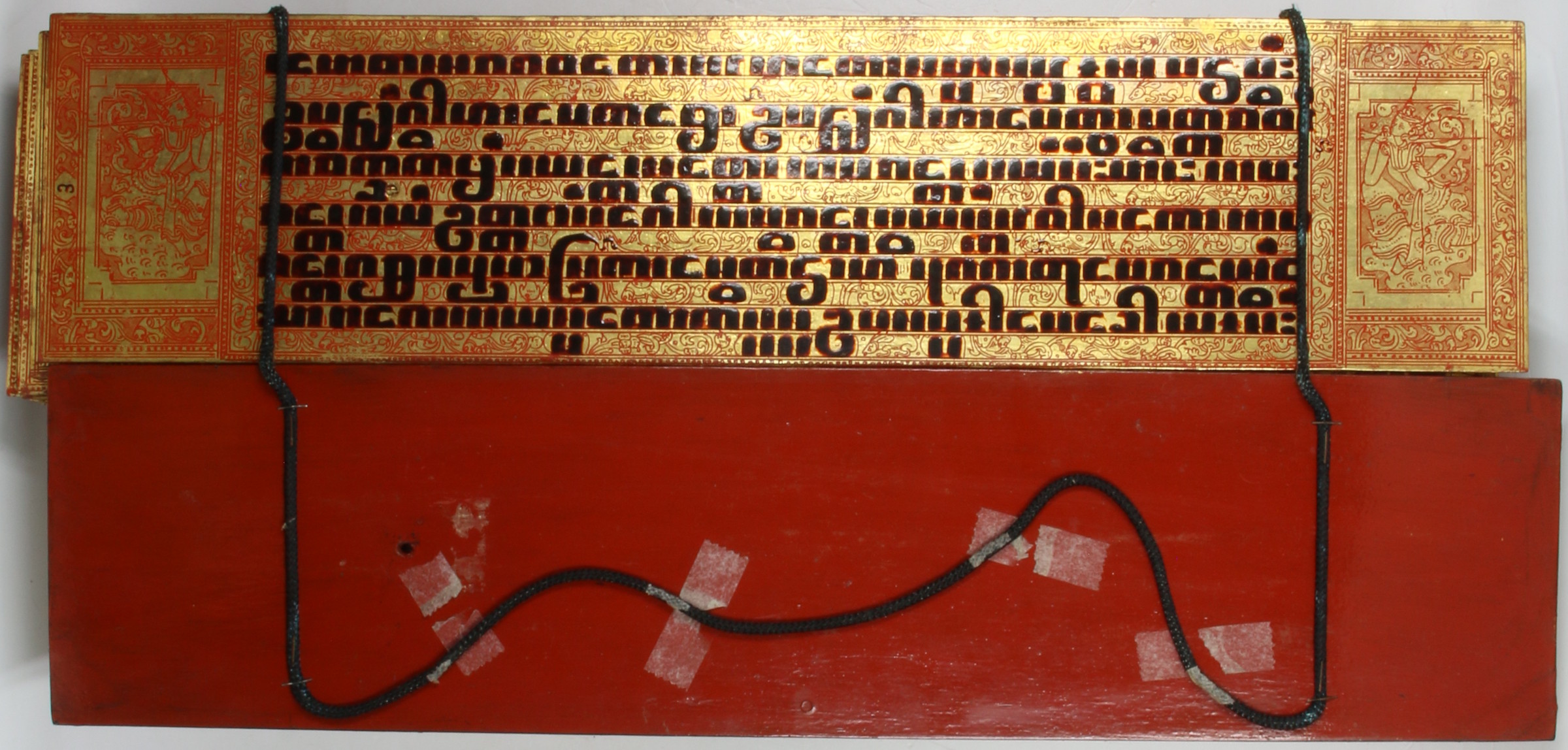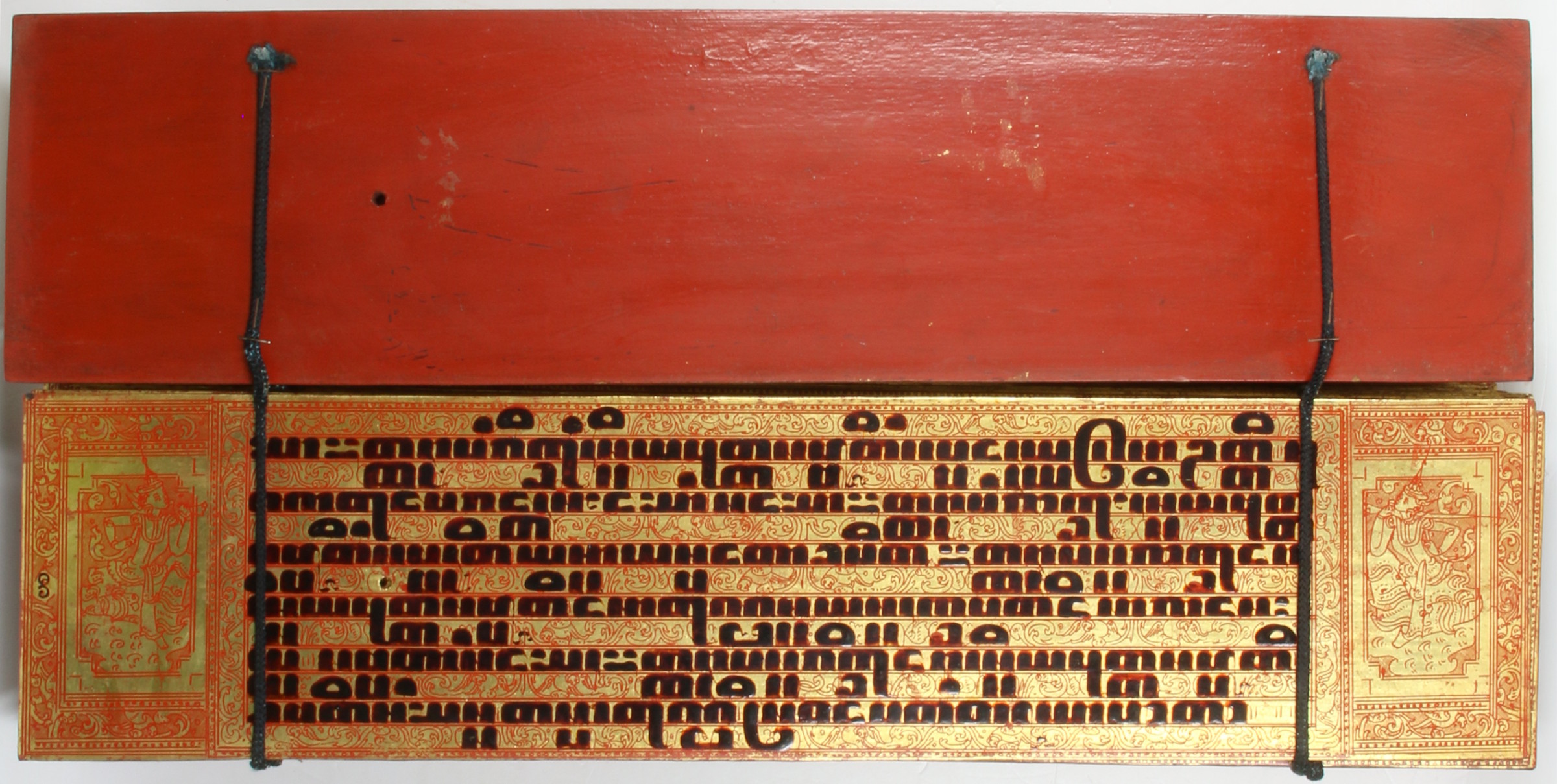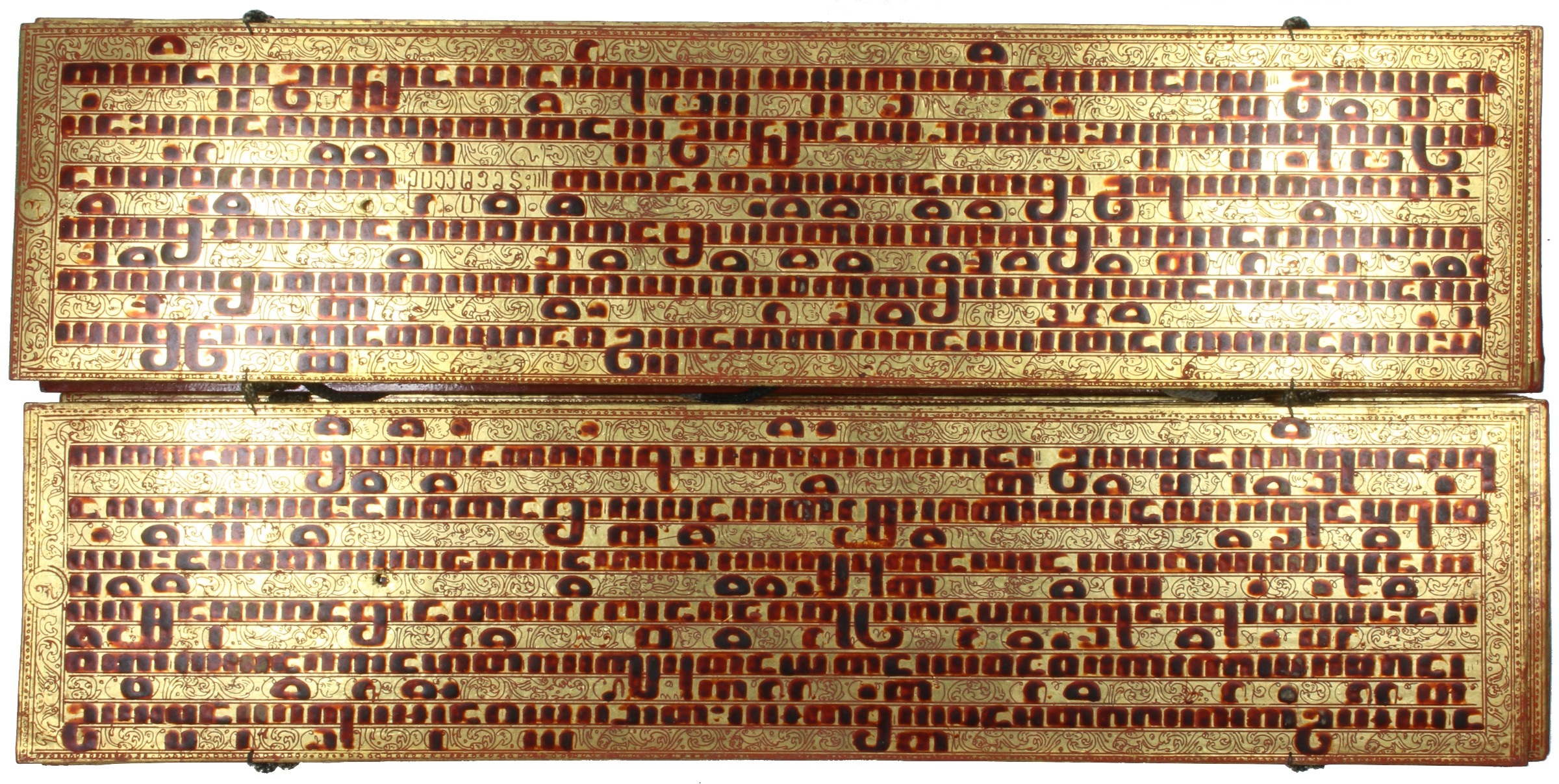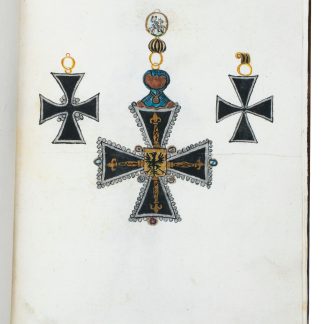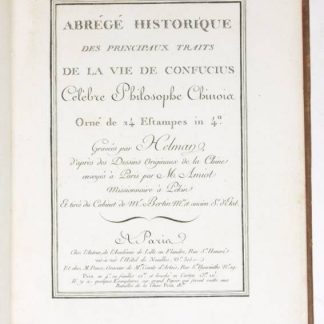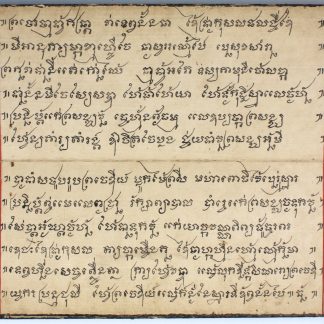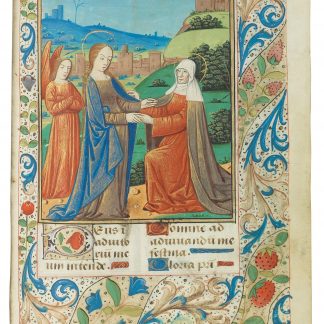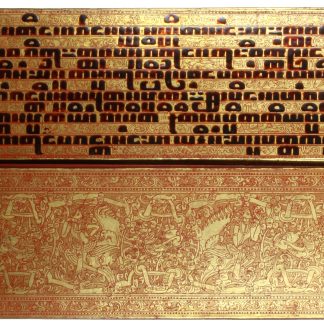A manuscript for Buddhist ordinations
Kammavaca manuscript.
Accordion-bound Kammavaca, 595 x 147 mm. 16 ff. Pali manuscript on lacquered leaves, possibly lacquered cloth. Tamarind seed Burmese script in red-brown lacquer. With two full-page illustrations, extensively gilt, all margins elaborately decorated in gilt. Contemporary matching gilded wooden boards, with later cable binding.
€ 5.000,00
A manuscript in lacquer and gold: a lovely Burmese Kammavaca, the ornate manuscripts traditionally used in Buddhist ordination ceremonies in Myanmar. The text is written in thick red-brown lacquer on a field of gold, ornamented with floral designs and illustrations of deities. A particular tradition of Myanmar's Theravada Buddhism, these manuscripts were usually commissioned by lay people and gifted to monasteries, sometimes on the occasion of a son's entrance into monastic life.
A Kammavaca volume could consist of extracts from the Vinaya Pitaka, part of the major Theravada Buddhist canon, and takes its physical shape from both folding books (Burmese parabaik) and especially palm leaf manuscripts. However, the base material used in Kammavaca manuscripts is flexible, and could include bamboo strips, cloth (especially that cut from the robes of holy men), and metal. Over the base of each leaf went thick protective (and decorative) lacquer. The lacquer was then lavishly decorated, as seen to great effect here in the red paint and gilt which covers every page of the manuscript, as well as the two full-page illustrations of celestial deities. "Kammavaca" is a Pali term describing verses from the Tipitaka (of which the Vinaya Pitaka is part) that relate to rituals of monastic life and ordination. It is considered one of the most sacred of Burmese religious texts, and part of an important and distinctive manuscript tradition. While there was a brief surge in Kammavaca manuscripts in Western markets in the 1970s, today they are much less common, and rarely found in good condition, or with their covers intact.
Some rubbing; usual binding holes, plus a few later ones; binding-ribbon replaced with modern cord.

